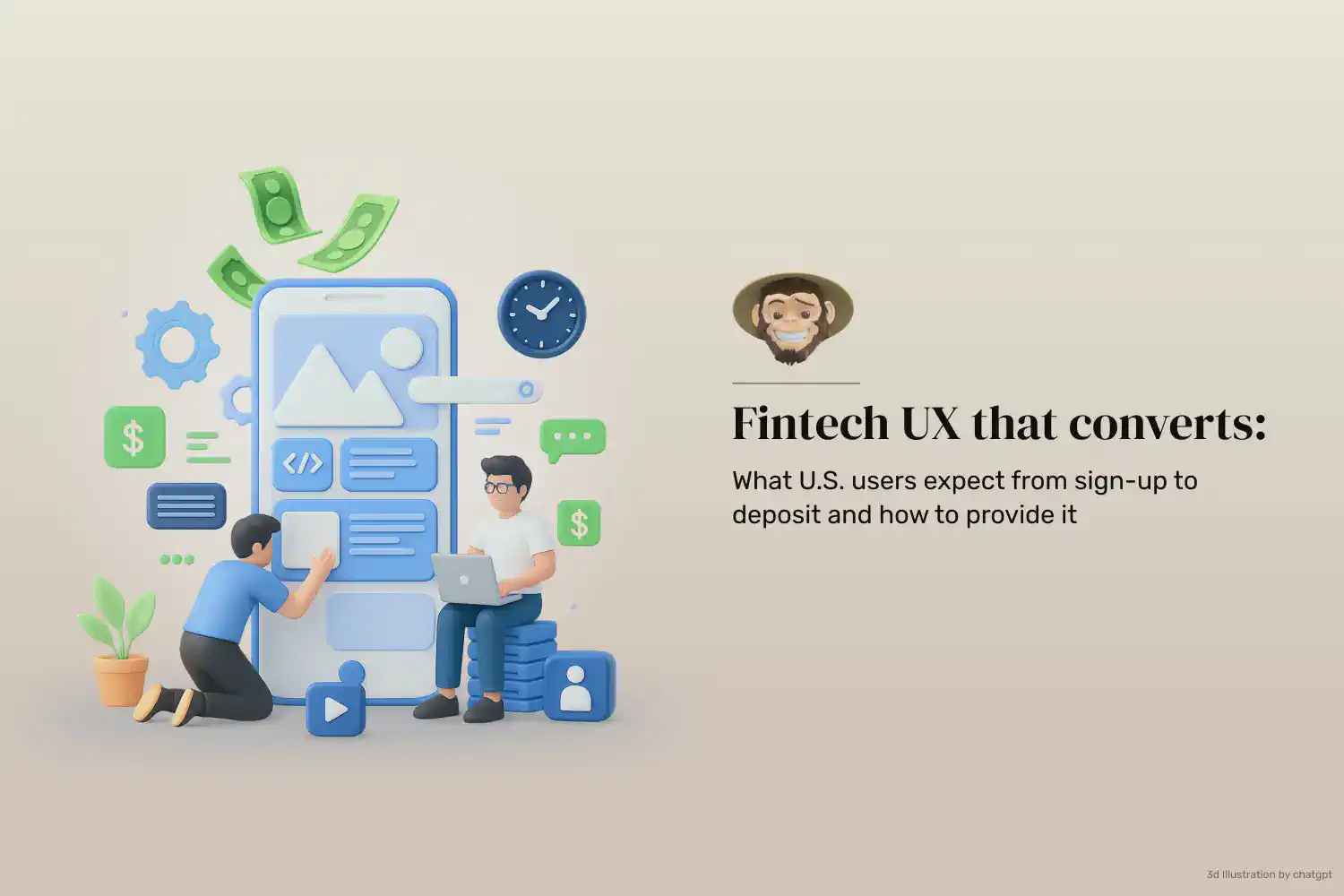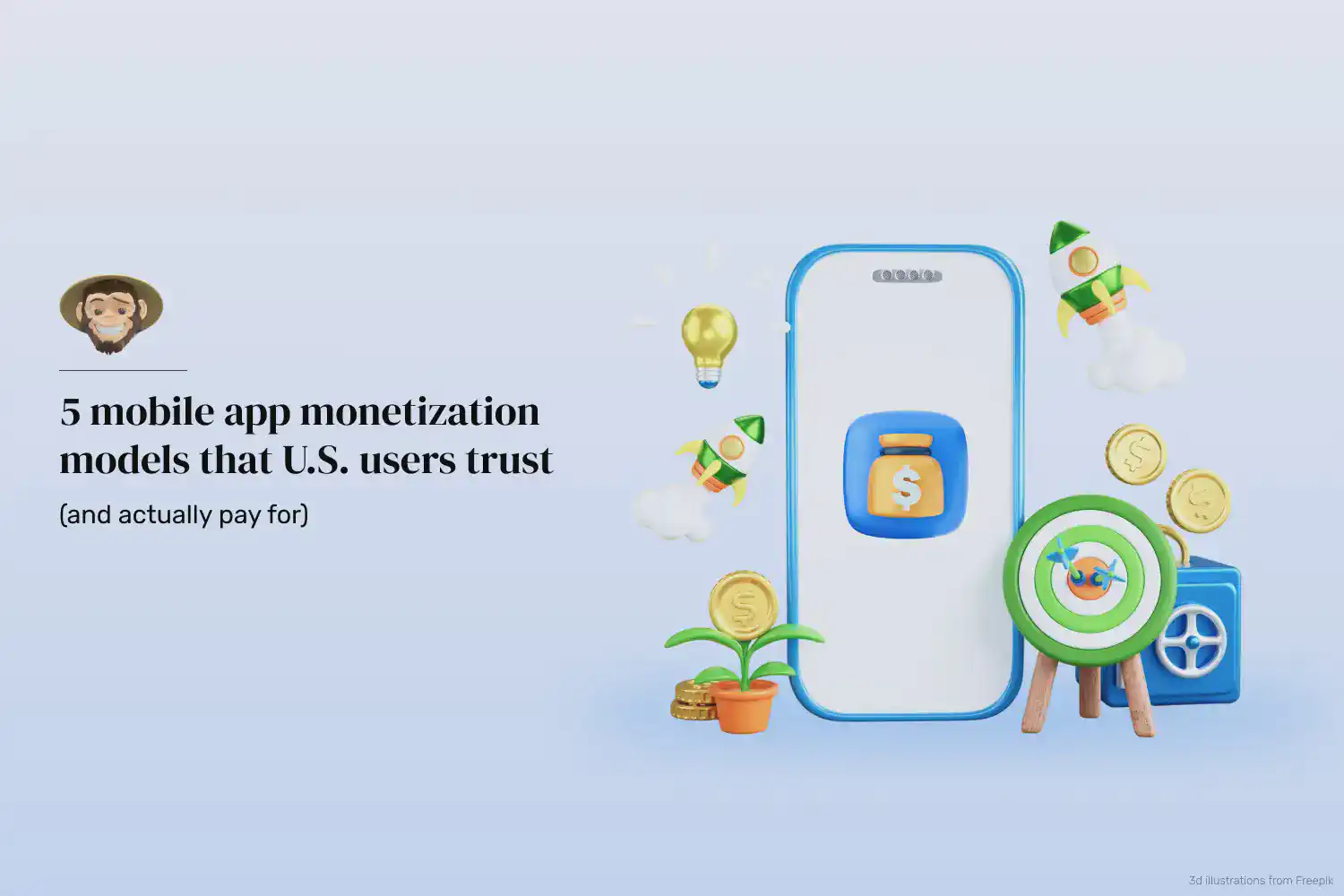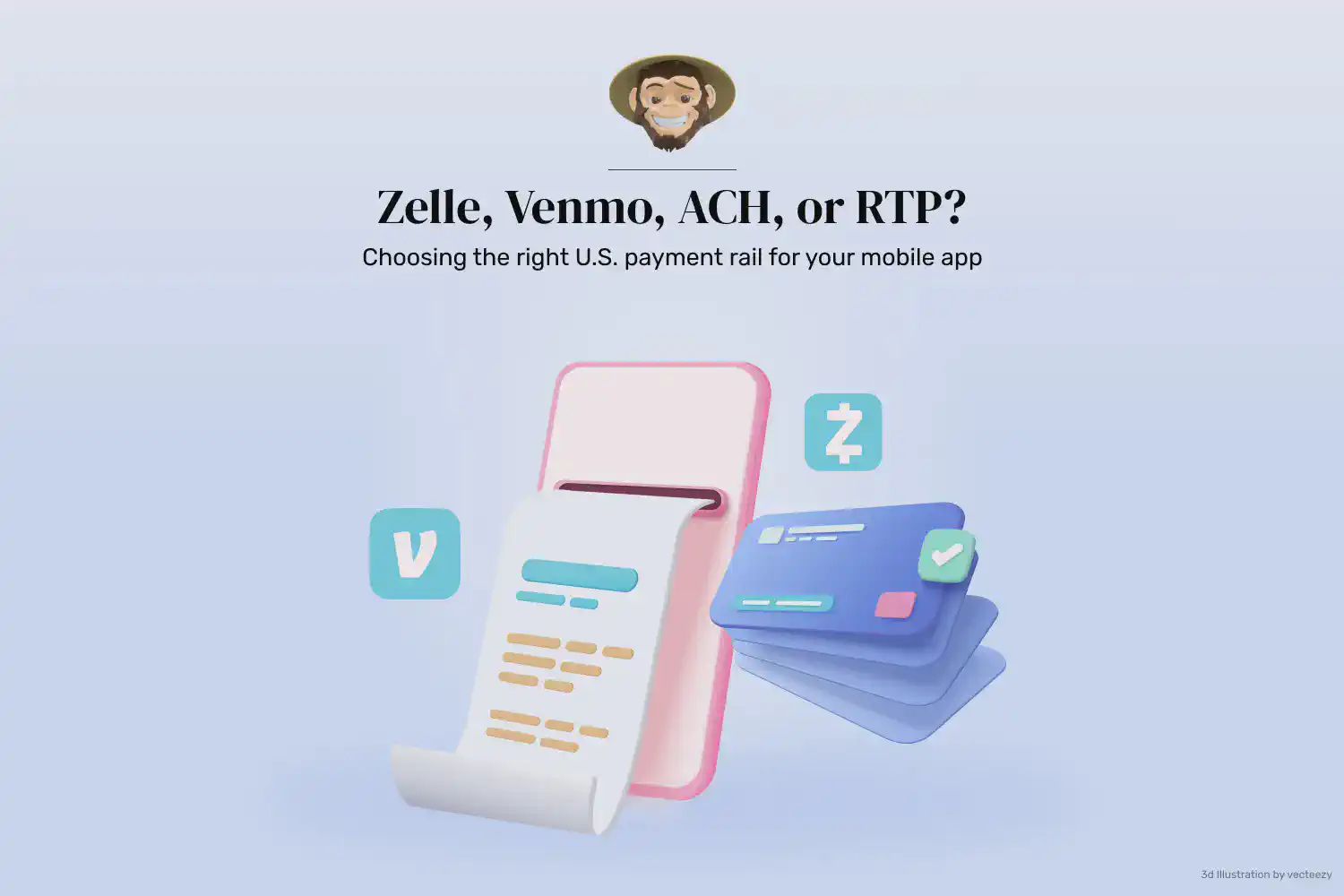The growing significance of synthetic data in healthcare organizations and among app developers is hard to ignore. Its benefits in innovation, security, and versatility are becoming increasingly crucial in the rapidly evolving healthcare landscape.
There’s no denying that the modern digital healthcare landscape is rapidly evolving. Technological advancements have paved the way for significant innovations in the sector, and the healthcare industry seems to be moving toward more advanced AI-driven solutions. As a result, the need for valuable data to train machine learning models, build predictive algorithms, and enhance the overall efficiency of healthcare app development is more critical than ever. The problem is that since healthcare information is often sensitive and highly coveted, privacy concerns and regulatory challenges arise from using these innovative technologies, and access to real patient data is often limited. Enter synthetic data.
Synthetic data is not just a solution but a potential game-changer in healthcare app development. It has the power to revolutionize the sector, enabling developers to build the next generation of healthcare applications that effectively keep user data safe. In this article, we will delve into what synthetic data is, how it can be used to enhance healthcare app development, and the challenges that healthcare app developers need to be aware of.
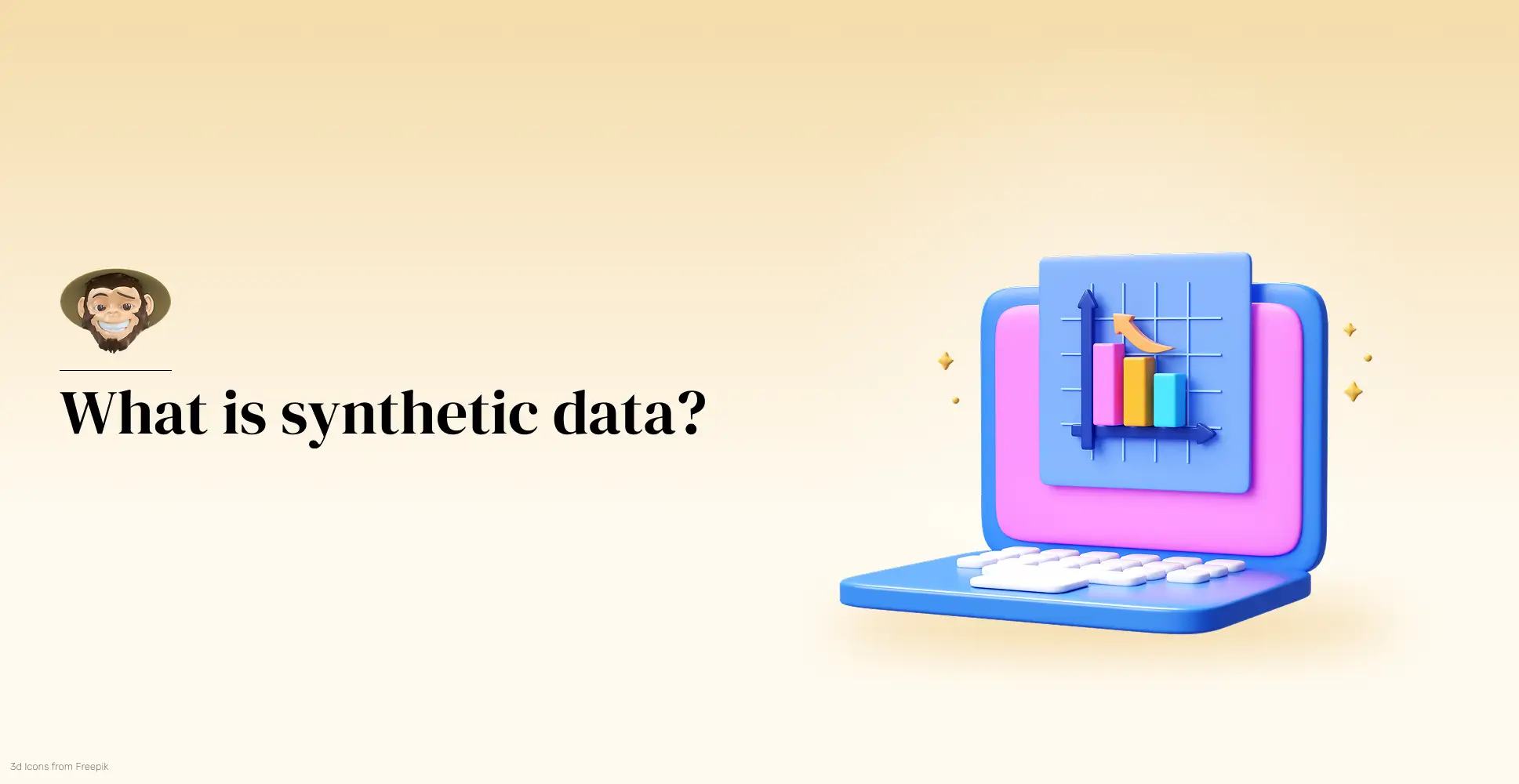
What is synthetic data?
Valuable, real-world, usable healthcare data is often charged with availability, quality, bias, and privacy issues. Moreover, regulatory bodies such as HIPAA and GDPR have rigorous requirements for using and sharing patient data. As a result, healthcare app developers have a lot of barriers to accessing datasets that are valuable and comprehensive enough to effectively train AI algorithms, perform tests, and deploy robust healthcare applications. Synthetic data, with its ability to perfectly mirror the statistical properties of real-world data, steps in to provide a reliable and privacy-preserving alternative, enabling developers to train AI algorithms effectively and deploy robust healthcare applications.
Synthetic data is artificially generated datasets that perfectly mirror the statistical properties of real-world data. It is a powerful solution to the data privacy issues that often plague the healthcare industry. Synthetic data is created by capturing the properties of actual datasets and creating new datasets with similar properties. This “mirroring” of data, so to speak comes from using advanced algorithms, including machine learning models, and training them so that they can effectively simulate the nuances and complexity of the real-life data points while upholding data privacy and without compromising the integrity of the actual user.
In the digital healthcare arena, synthetic data emerges as a beacon of hope. It is a powerful tool that can mimic medical histories, patient records, and imaging data with remarkable accuracy.
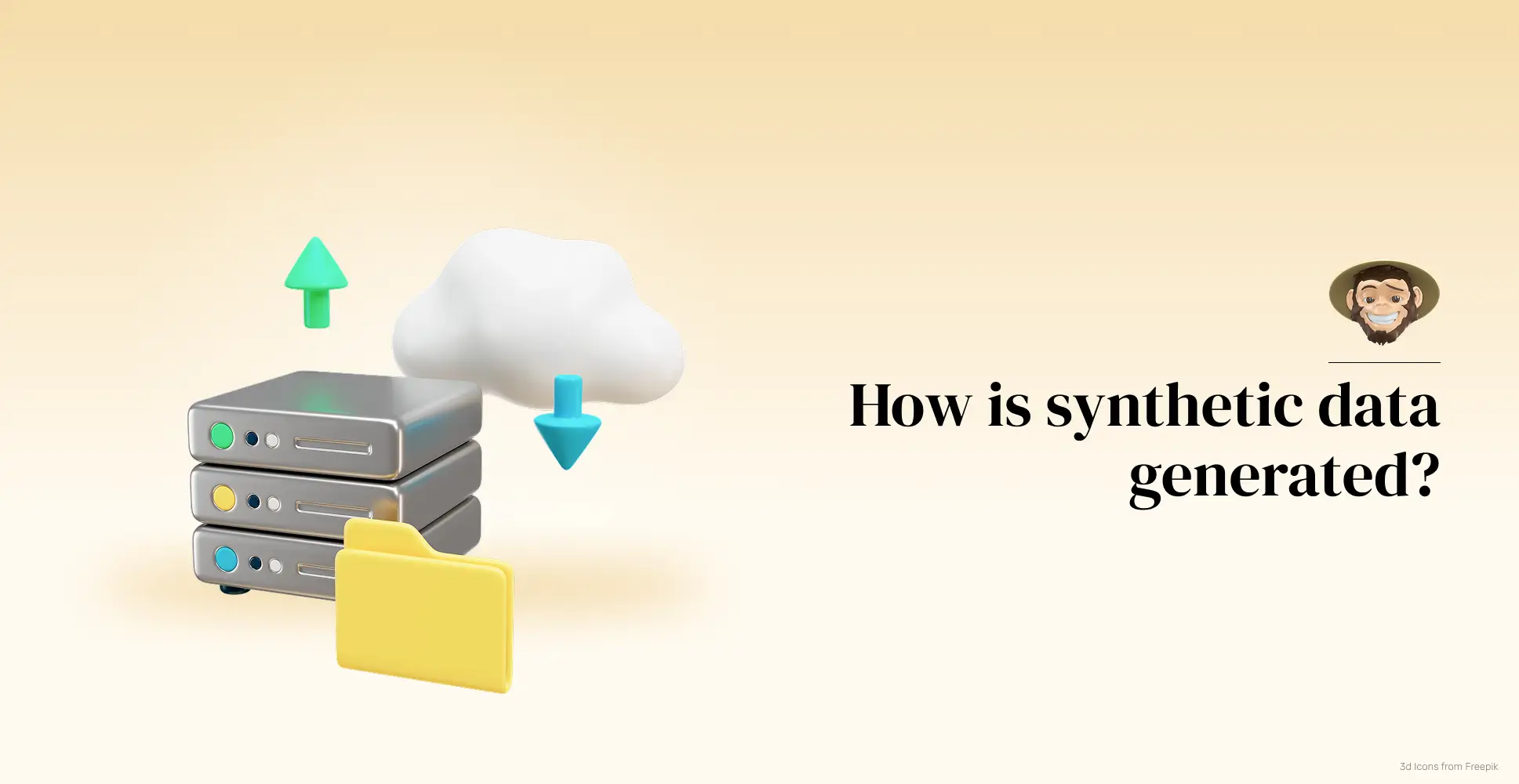
Representation of digital innovation - Tecnological Icon 3D
How is synthetic data generated?
Developers play a crucial role in the creation of synthetic data. They use various statistical methods, machine learning algorithms, and generative adversarial networks (GANs) to generate data that meets their specific needs, such as patient demographics, clinical data, or medical histories. Their task is to categorize these datasets based on the intended use cases. These methods identify the real-world data sources and analyze them to understand their underlying patterns, variables, and relationships to ensure that the generated data accurately reflects real-world trends and correlations without revealing personally identifiable information.
Once the synthetic data is generated, healthcare app developers must compare it to real data in terms of distribution, correlations, and patterns and evaluate its usability using predictive models. This process ensures that the synthetic data is adaptable and can perform well under real-world conditions. If the tests are successful, the synthetic data is ready to be used in various healthcare applications, opening up a world of possibilities for its use.
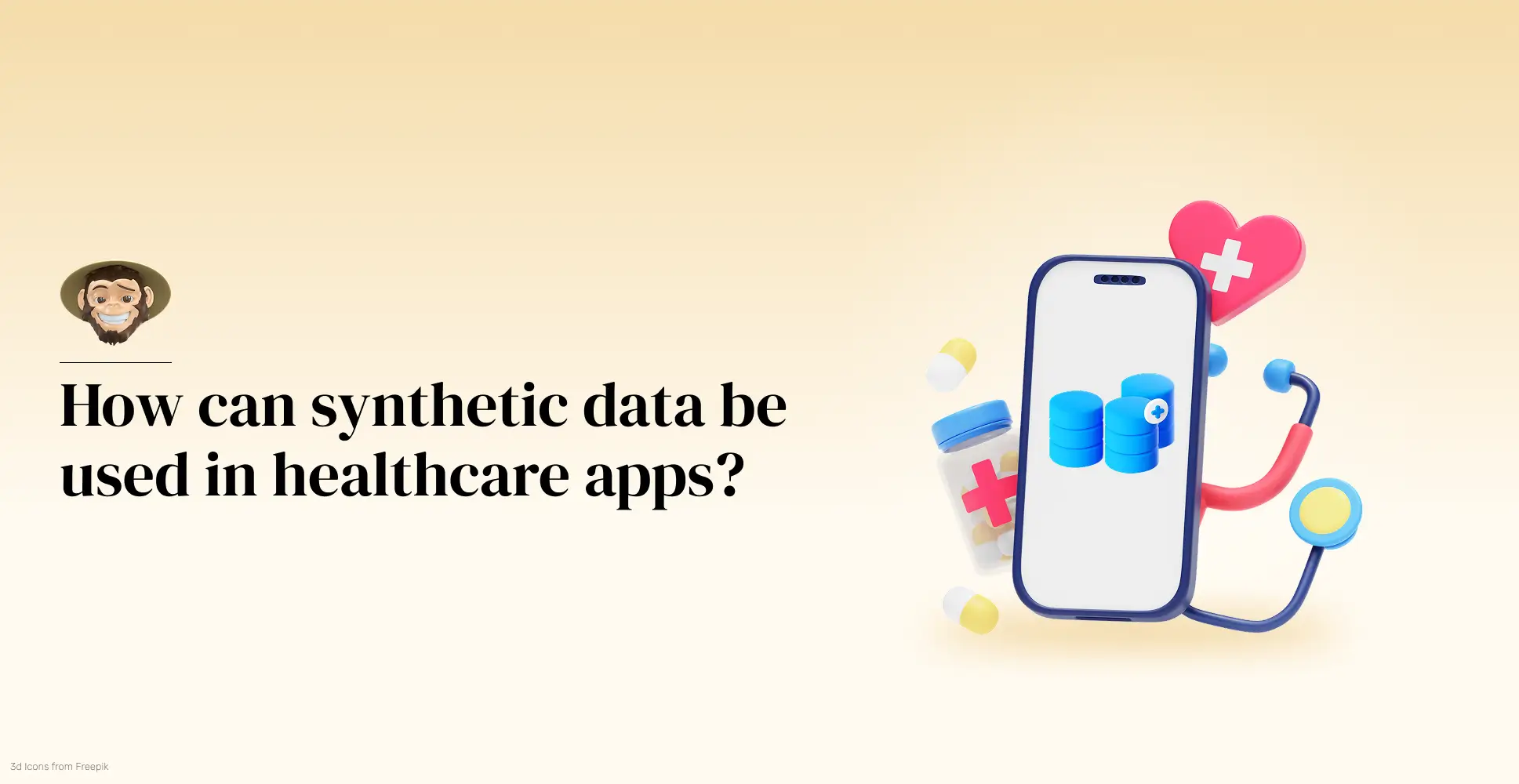
How can synthetic data be used in healthcare apps?
1. To simulate patient-doctor interactions
Healthcare apps, such as telemedicine or remote patient monitoring apps, often include functionality and features where interactions between patients and doctors need to be simulated. Synthetic data allows healthcare app developers to simulate realistic patient profiles and medical histories securely. This not only helps doctors practice diagnoses and treatments but also plays a crucial role in training chatbots. By providing realistic conversations, synthetic data enables better patient engagement for healthcare app users, enhancing their overall experience.
2. To speed up the app development process
Thanks to synthetic data, healthcare app developers no longer need to wait for access to sensitive real-world patient datasets. As a result, the development process is streamlined, allowing dev teams to build and iterate their healthcare apps more quickly and hit the market sooner.
3. To help developers and practitioners overcome data scarcity
In the realm of healthcare app development, and the medical field in general, data scarcity is a common hurdle, mainly when dealing with rare diseases or novel treatments. Synthetic data is crucial in addressing this issue, enabling app developers and practitioners to simulate data for these and other rare cases with limited data access. This empowers them to construct robust diagnostic apps and other innovative digital healthcare solutions.
4. To keep up with data privacy compliance
As we mentioned earlier, synthetic data is not real, which means app developers can use it freely without the risk of exposing sensitive patient information. This safety net allows them to experiment with different datasets, use cases, AI algorithms, and even ML models, knowing they are not compromising data privacy regulations.
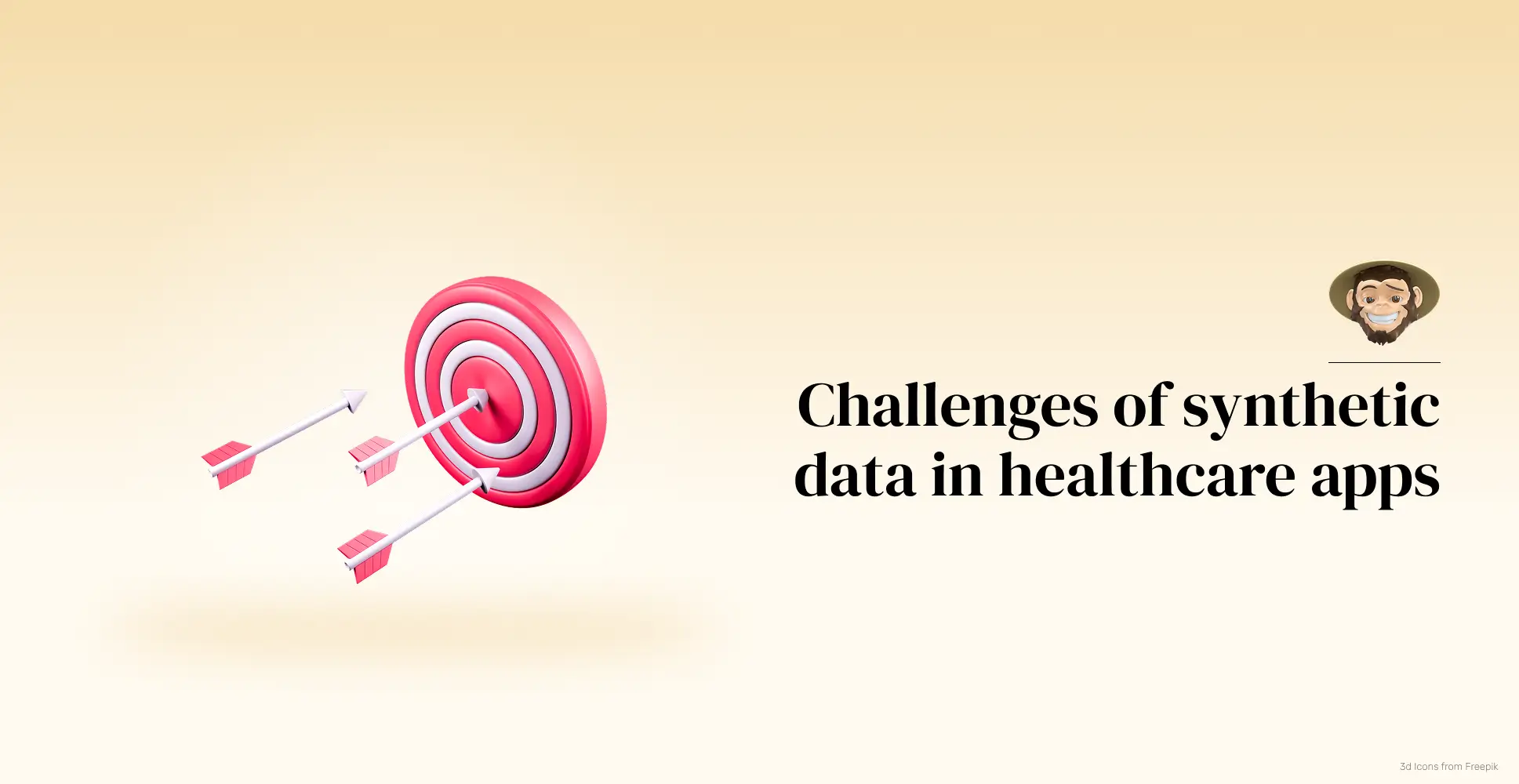
Challenges of synthetic data in healthcare apps
1. Data realism and accuracy
When synthetic data isn’t properly generated, it can lead to unreliable models and flawed insights. If developers are not careful, their synthetic data may fail to accurately capture the nuances of real patient data, leading to skewed or inaccurate results and bias. It may also not fully replicate the range of clinical variations inherent to real-world patient populations.
2. Regulatory uncertainties
Since the use of synthetic data in healthcare apps is still nascent, most regulatory bodies have not yet fully established guidelines around its role in these scenarios. As a result, healthcare apps developed using synthetic data may experience uncertainty, and developers can struggle to gain approval and get their apps properly validated.
3. Complexity and costs
Using synthetic data in healthcare app development leads to cost savings in the long run, but generating it can be resource-intensive. Generating accurate synthetic datasets requires significant computational resources, takes time, and needs validation processes and reworking that can take a toll, especially on small dev teams.
4. Availability of training data
The quality of synthetic data relies heavily on the quality and diversity of the real-world data used to train the models that generate it. Unfortunately, in many healthcare scenarios, real-world data is limited or poorly structured, making it hard to use and generate high-quality synthetic data.

Final word
There’s no denying that synthetic data has the potential to revolutionize healthcare app development. It offers robust solutions for roadblocks such as data scarcity, privacy concerns, and compliance hurdles while enhancing machine learning model training and user experience. Moreover, developers can build healthcare apps faster and more effectively without compromising sensitive patient information. As the healthcare industry moves toward more advanced AI-driven solutions, the potential of synthetic data is fascinating. Developers will indeed become more diligent in validating synthetic data against real-world scenarios and will increasingly be able to ensure the reliability and accuracy of synthetic datasets.
At Foonkie Monkey, we strive to remain at the forefront of technological advancements, especially in healthcare app development. By partnering with us, you can leverage our expertise in synthetic data and our commitment to quality to create innovative and effective healthcare apps. So, if you have any questions regarding synthetic data or are looking for a high-quality healthcare app development partner, look no further: contact us, and let’s get started!


